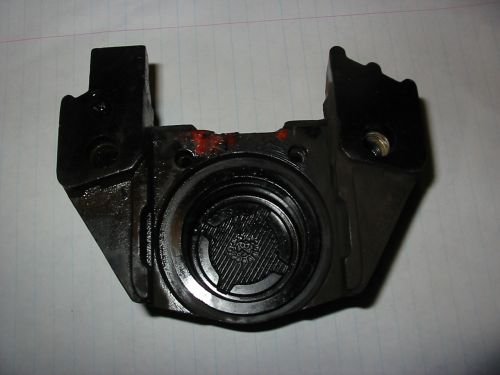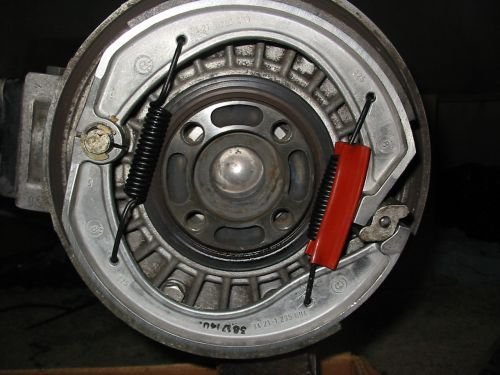squiffynimrod
blah blah blah
Evening all,
finally getting around to putting the new seals in the brake calipers.
The left caliper had a smidgen of a silicone like material at the top where the retaining pins go. The right caliper has way more of it, very rubbery and well adhered, reminds me of an RTV sealant. Original? Purpose? Required on reassembly? I can't find any mention of a requirement in my Haynes or Snowbum's site.
Thanks, Steve
finally getting around to putting the new seals in the brake calipers.
The left caliper had a smidgen of a silicone like material at the top where the retaining pins go. The right caliper has way more of it, very rubbery and well adhered, reminds me of an RTV sealant. Original? Purpose? Required on reassembly? I can't find any mention of a requirement in my Haynes or Snowbum's site.
Thanks, Steve



